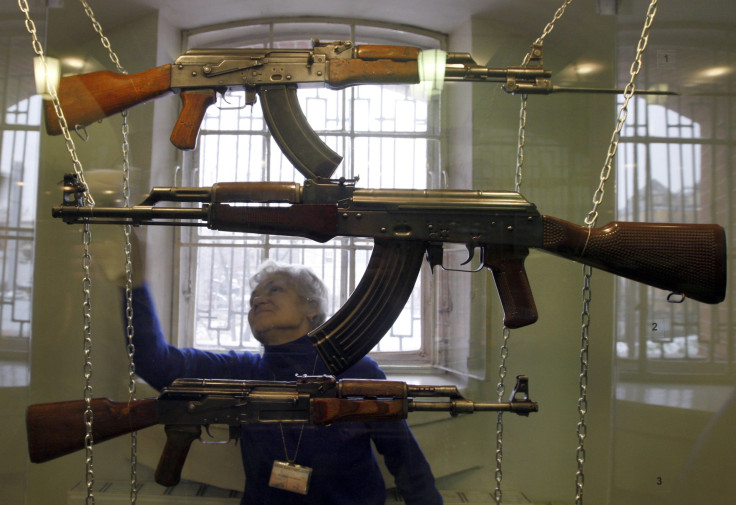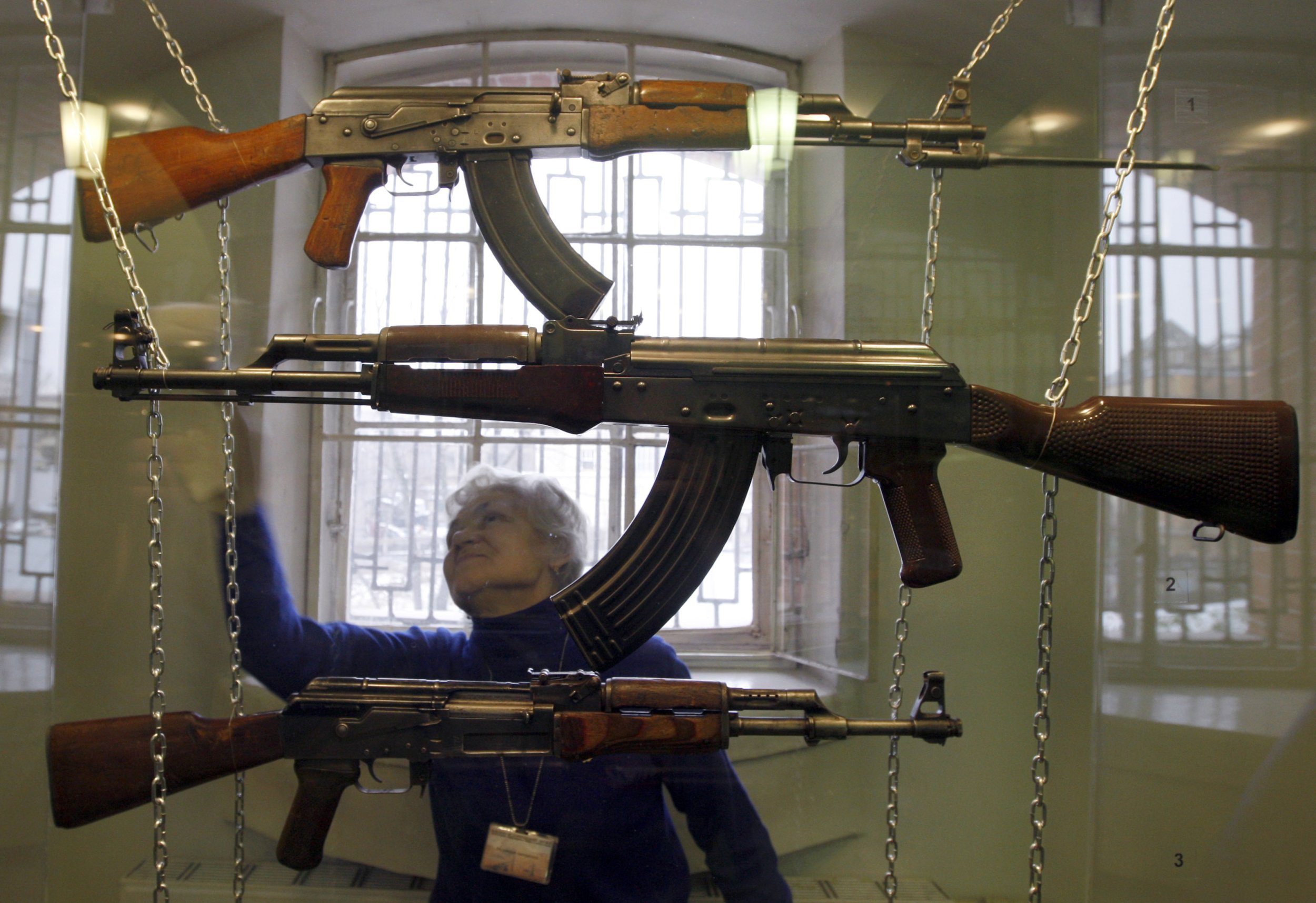Did The US Lose The International Weapons Market? [GRAPHICS]

The United States may be the land of guns, but it seems to have lost its place as the world’s top weapons source. Since 2003, the U.S. has led the world in arms exports, shipping more than $7 billion a year in weapons on average, according to data collected by the Stockholm International Peace Research Institute.
But in 2013, the most recent data release, Russian weapons exports surpassed the U.S.'s by more than $2 billion, marking a 35 percent increase in Russian arms sales. While weapons manufacturers in the U.S. saw an average decline of more than 6 percent, Russian companies in the top 100 defense companies as ranked by SIPRI had, on average, the biggest gain in revenue.
The change in status quo has been partially fueled by a series of aggressive arms races. Countries in Africa, Asia and the Middle East have increased defense spending and rapidly begun building up their military capabilities. Military budgets ballooned in every region, according to SIPRI, while nations in Western Europe, Central Europe and North America, including the United States, have scaled back.
U.S. companies still comprise a majority of the world’s top defense companies. No other nation even comes close.
However, in terms of growth, U.S. companies slid from an average revenue growth of almost 5 percent in 2012 to an average decline this year. With decreases in military spending, many have embraced diversified portfolios, investing in energy, transportation and manufacturing, as Defense News reports. But Russian companies have remained focused on defense technology and seen revenues climb more than any other country.
While Russian weapons have faced issues with quality in the past, U.S. goods can carry prohibitively high pricetags, especially when it comes to high-tech military hardware like fighter jets. In 2013, Richard Aboulafia, vice president of analysis at the Teal Group, told a conference of aviation industry experts that America had essentially priced itself out of the export market, according to National Defense Magazine.
Examining some of the latest sales, it's not hard to see why. The U.S. finalized a deal with Saudi Arabia in 2011 to sell 84 F-15SA jets, upgrade 70 existing F-15s, and provide munitions and technical support. That breaks down to $190 million for each jet. In Russia's latest deal with India, 42 SU-30MKI Flanker fighters were sold for $38 million apiece. Even without the extras, that's a 400 percent difference.
Most recently, Pakistan announced a plan last month to switch from U.S. Cobra helicopters to cheaper Russian-made Mi-35s.
As military expert Alexander Goltz told the Christian Science Monitor last month, it doesn't make sense for developing nations, which account for the majority of the world's weapons sales, to spring for expensive, high-tech American equipment when most of their enemies are limited to rocket-propelled grenades and assault rifles.
And in recent years, Russia has stepped up quality, even giving some experts a reason to believe that some of the newest gadgets could give NATO's arsenal a run for its money.
Check out these photos to see some of the weapons made by the top companies in the Russian arms industry.


© Copyright IBTimes 2025. All rights reserved.





















